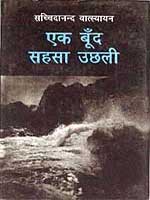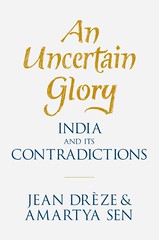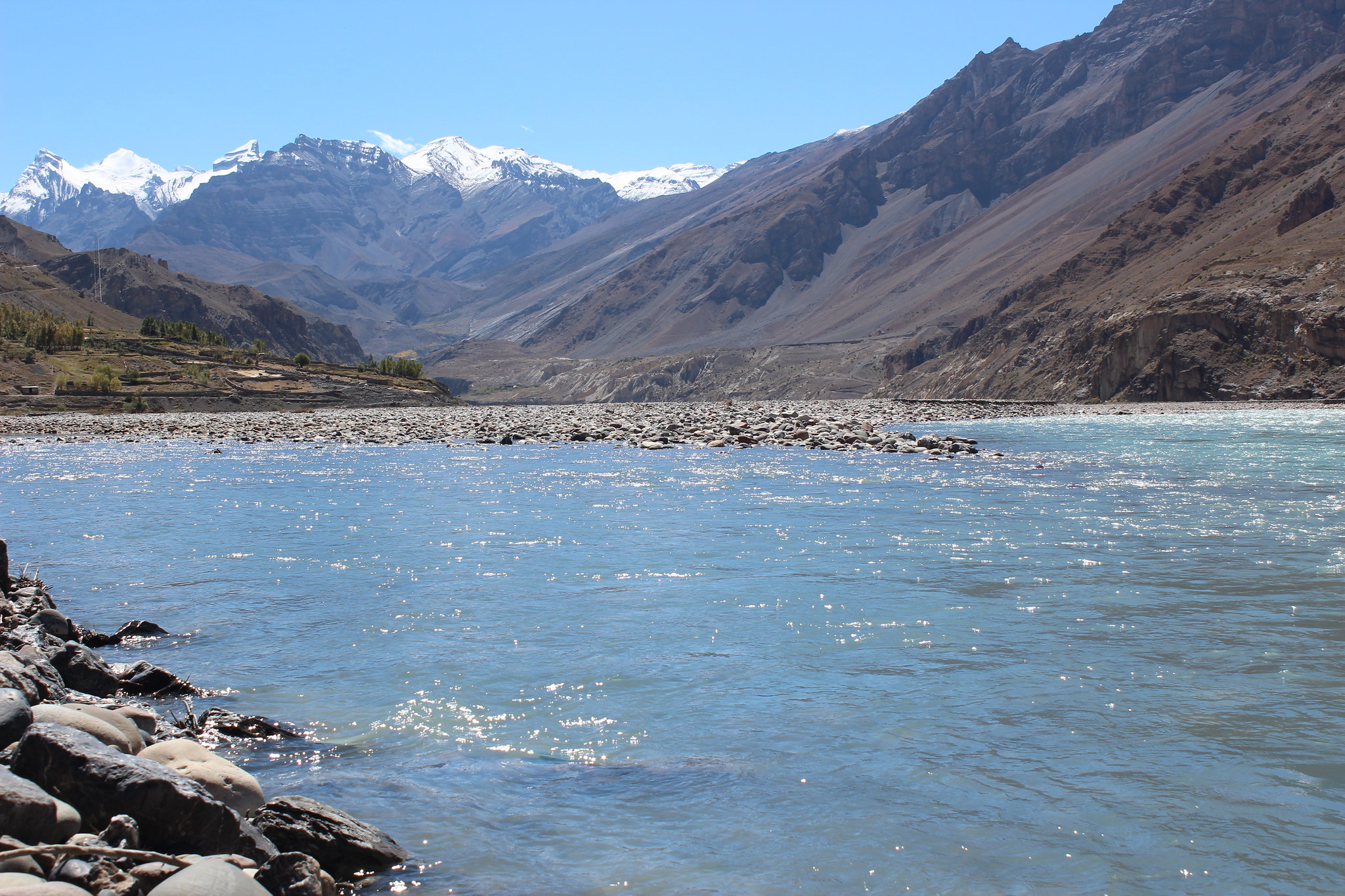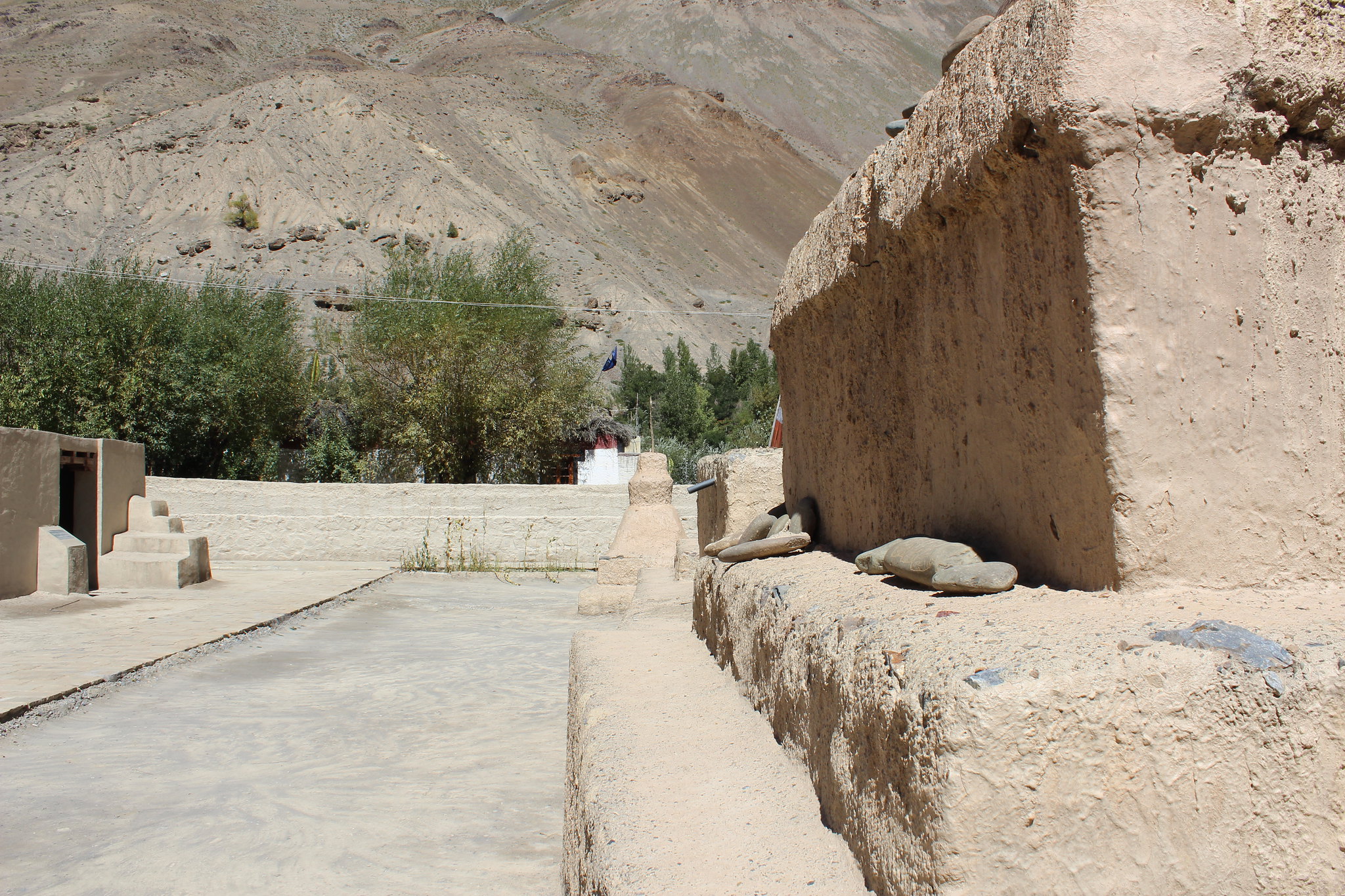'एक बूँद सहसा उछली' अज्ञेय का लिखा हुआ दूसरा यात्रा-विवरण संग्रह है। इसके पहले उनका सन् 1953 में प्रकाशित हुआ 'अरे यायावर रहेगा याद?' आया था, जिसमें अज्ञेय जी ने अपने भारत भ्रमण के बारे में लिखा है। इसकी तुलना में 'एक बूँद सहसा उछली' थोड़ा अलग है क्योंकि इसमें लेखक ने यूरोप के लगभग एक वर्ष के प्रवास के बारे में लिखा है। अज्ञेय जी यूनेस्को द्वारा प्रायोजित यात्रा में यूरोप गए थे और जब वहाँ चले ही गए थे तो सोचा कि इस यात्रा को सार्थक बनाया जाये। प्रस्तुत पुस्तक में अज्ञेय जी ने इटली, स्विट्ज़रलैंड, फ्रांस, नीदरलैंड, इंग्लैंड, स्कॉटलैंड, वेल्श, स्वीडन आदि देशों की अपनी यात्रा के बारे में लिखा है। भिन्न भिन्न देशों में उनके अनुभव भी भिन्न ही रहे हैं।
इस पुस्तक की भूमिका में ही अज्ञेय जी ने घूमने के उद्द्येश्य के बारे में चर्चा की है। उन्होंने कहा है कि अगर इस पुस्तक को एक विवरणिका की तरह से सोचकर किसी ने पढ़ने के लिए उठाया है तो उसे निराशा ही हाथ लगेगी। यह पुस्तक रहने-घूमने के उत्तम स्थानों और खर्चे का अंदाजा लगाने के लिए किसी ने पढ़ने की कोशिश की तो उसे भी निराश होना पड़ेगा। लेखक की यात्रा का उद्द्येश्य धार्मिक तीर्थयात्रा न होकर मनुष्य के अनुभवों की वृद्धि था, ज्ञानार्जन था। लेखक बहुत से कवियों, विचारकों और दार्शनिकों से मिला और वहाँ पर उसने उसने संसार और इस लोक से पर की बातों पर चर्चा की। मनुष्य के अस्तित्व के मूलभूत सवालों पर चर्चा की और अंजान लोगों से मिलकर बातें करने का आनंद लिया। लेखक ने यूरोप के दर्शनीय स्थानों की भी यात्रा की। जब मनुष्य उन दो जगह घूमता है जिनकी समानताओं की पहले चर्चा हो चुकी होती है तो स्वाभाविक है कि लेखक के मन में भी इन तथाकथित समानताओं के बारे में कुछ विचार तो आयेंगे ही। स्विट्ज़रलैंड और कश्मीर की तुलना को व्यर्थ बताते हुये अज्ञेय जी ने कहा है कि दोनों ही प्रदेशों का अपना सौंदर्य है और उनको यथा अवस्था में रखते हुये उनका अवलोकन किया जाये, न कि यह सोचते हुये कि यदि यह पैमाना यहाँ होता तो यह भी उस जगह के जैसे लगता।
यूरोप में पहुँचकर जो जीवनशैली लेखक ने देखी उससे वह गहराई तक प्रभावित हुआ। पुस्तक में एक जगह पर लेखक ने भारतीय, यूरोपीय और चीनी जीवनशैली की तुलना करते हुये उनके दर्शनशास्त्र के मूल में जाने की कोशिश की है। यूरोप में व्यक्ति की निजी स्वंत्रता पर बहुत जोर दिया जाता है लेकिन उसका रूप पूरे यूरोप में एक जैसा हो ऐसा नहीं है। फ्रांस में हर एक आदमी किसी दूसरे के जीवन में दखल नहीं देता है लेकिन लेखक को इसका कारण एक दूसरे की परवाह न होना लगा।वहीं स्वीडन आदि देशों में निजी स्वतंत्रता दूसरे व्यक्ति की सोच और कार्यों का सम्मान होना लगा। यूरोप में जीवन की इकाई व्यक्ति होता है और भारत में यही इकाई समाज होता है, समाज से इतर व्यक्ति का कोई अस्तित्व नहीं है। कई जगह लेखक यूरोपीय जीवनयापन पद्धति से संतुष्ट दिखा तो कई जगह उसने इनको उनके दुखों का कारण भी बताया है। लेखक ने दार्शनिक कार्ल यैस्पर्स से अपनी मुलाकात का जिक्र किया है जिसमें यैस्पर्स पूछ बैठते हैं कि भारतीय दार्शनिकों में अपनी मौलिक विचारधारा का अभाव क्यों है। यूरोप के कई देशों में घूमने के बाद लगा कि बाहरी समानता के आधार पर यूरोप को एक महाद्वीप कह देना ठीक है लेकिन उनमें अंतर को वहाँ जाकर, वहाँ के लोगों से बातें करके ही जाना जा सकता है। उदाहरण के लिये लेखक ने ग्रीष्मकालीन अवकाश में लोगों की कार्य के प्रति सोच को दिखाया है।
पूरी पुस्तक को पढ़ने के बाद लेखक के इस ख्याल को साफ़ अनुभव किया जा सकता है कि जो समाज पुराने आदर्शों, जीवन शैली और स्थापत्य कला को जीवित रखता है वह अवश्य ही अनुकरणीय है। इटली के शहर फिरेंजे (फ्लोरेंस) और असीसी में घूमते हुये लेखक ने अनुभव किया कि वहाँ के भवनों में अभी भी पुरानी स्थापत्य कला जीवित है और ऐसा लगता है कि भवन निर्माण की नयी शैली से लोग परिचित ही नहीं हैं। उत्तरी यूरोप के शहरों में जब लेखक को नयी स्थापत्य कला ही दिखी तो उसने यह कहकर उसे ठुकरा दिया कि इस में कुछ भी गर्व करने लायक नहीं है। लेखक ने भारतीय पुरातत्वविदों के बारे में भी कहा है कि पुरानी शैली के नाम पर कुछ सौ साल पहले के ही निर्माण हमें दिख पाते हैं। हजारों साल पहले हम निर्माण कैसे करते थे यह अब किसी को याद नहीं रह गया है और जैसे इतिहास की अनवरत धारा में से एक भाग कहीं गायब सा हो गया है।
पुस्तक में लेखक ने यूरोप के धर्म के बारे में भी चर्चा की है। यूरोप के कुछ प्रसिद्द संतों की कर्मस्थली की यात्रा भी की है और उनके रहन-सहन, उनकी शिक्षाओं को जानने की कोशिश की है। यह भी जानने का प्रयास किया है कि उस समय की सामाजिक अवस्था और धार्मिक विचारधारा में ऐसा क्या था जिसने इन संतों के उत्थान में अपना योगदान दिया है। लेखक ने इस बात को रेखांकित किया है कि पहले कला और धर्म समान विचारधारा से चलते थे। पंद्रहवीं शताब्दी के आसपास पुनरुत्थान (रेनेसां) के समय कला और धर्म अलग हो गया। कलाकार सिर्फ दस्तकार रह गया। उसके हुनर से दिखने में सुन्दर अनेक वस्तुयें बनीं लेकिन उनमें वैचारिक शक्ति का अभाव था। लेखक ने पुस्तक में अपनी पूर्वी जर्मनी की यात्रा का भी जिक्र किया है जहाँ की अधिनायकवादी शासन व्यवस्था में साँस लेने में भी घुटन महसूस होती थी। जिस यूरोप का वर्णन अज्ञेय जी ने किया है वह पचास के दशक का है और अब तक वहाँ काफी बदलाव हो चुके हैं लेकिन यहाँ माना जा सकता है कि जिन मूलभूत विचारधाराओं की बात लेखक ने की है, उन्हें अभी भी कुछ बदलाव के साथ देखा जा सकता है।







